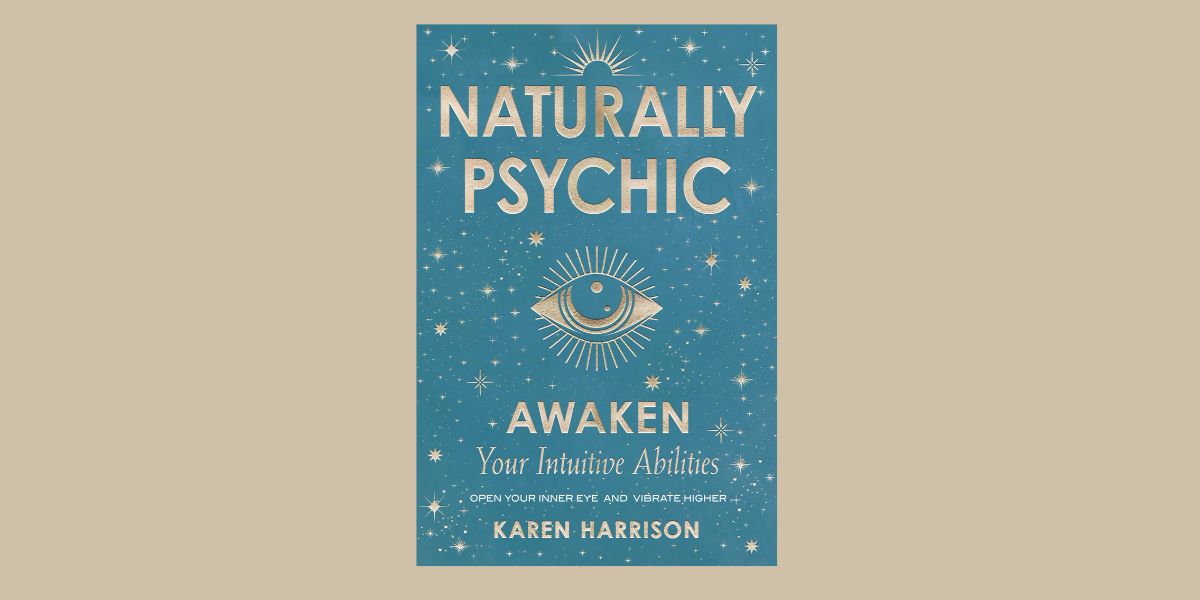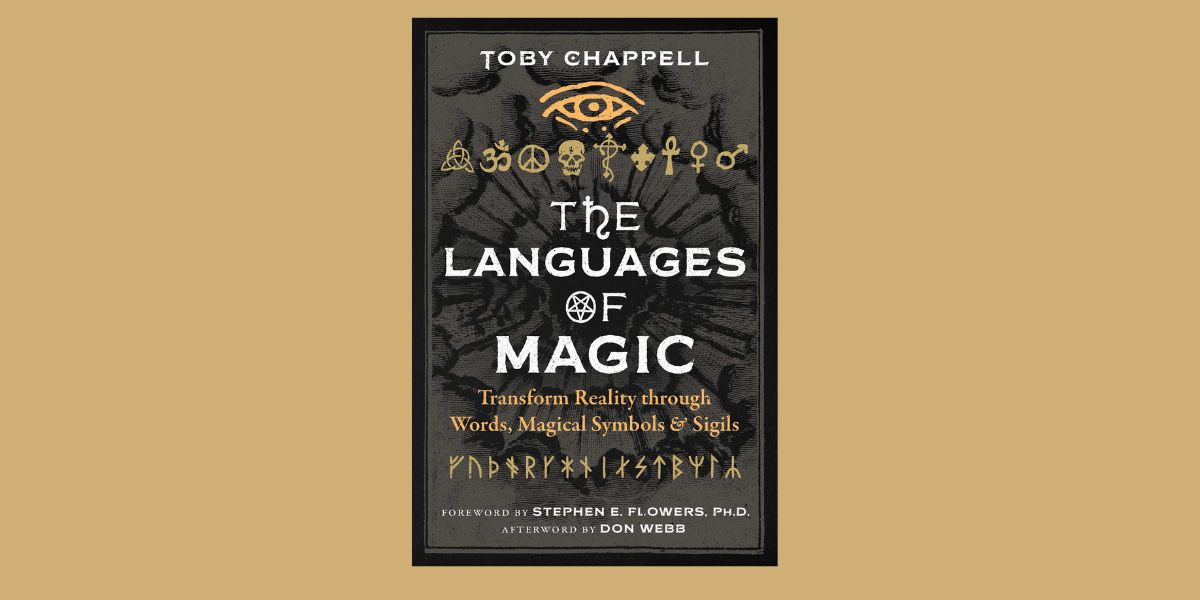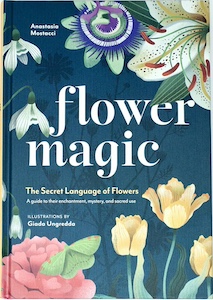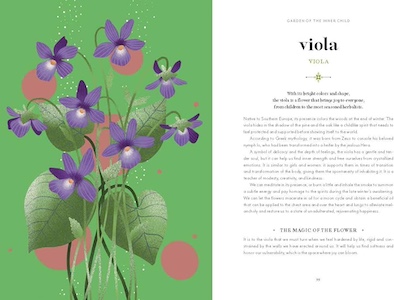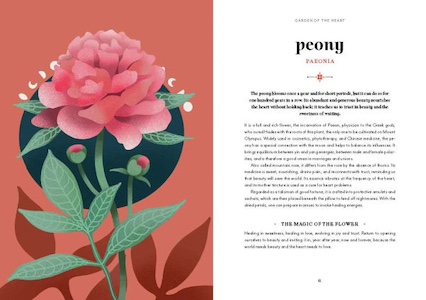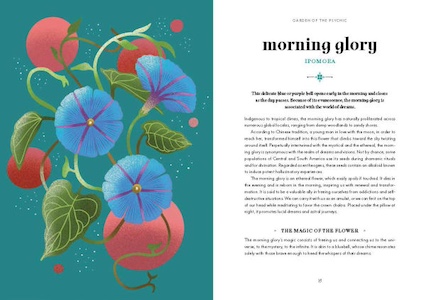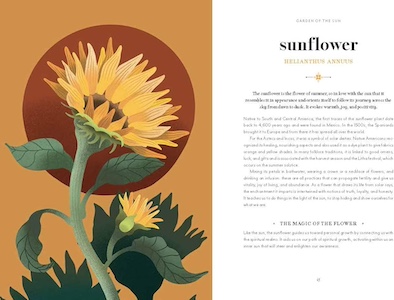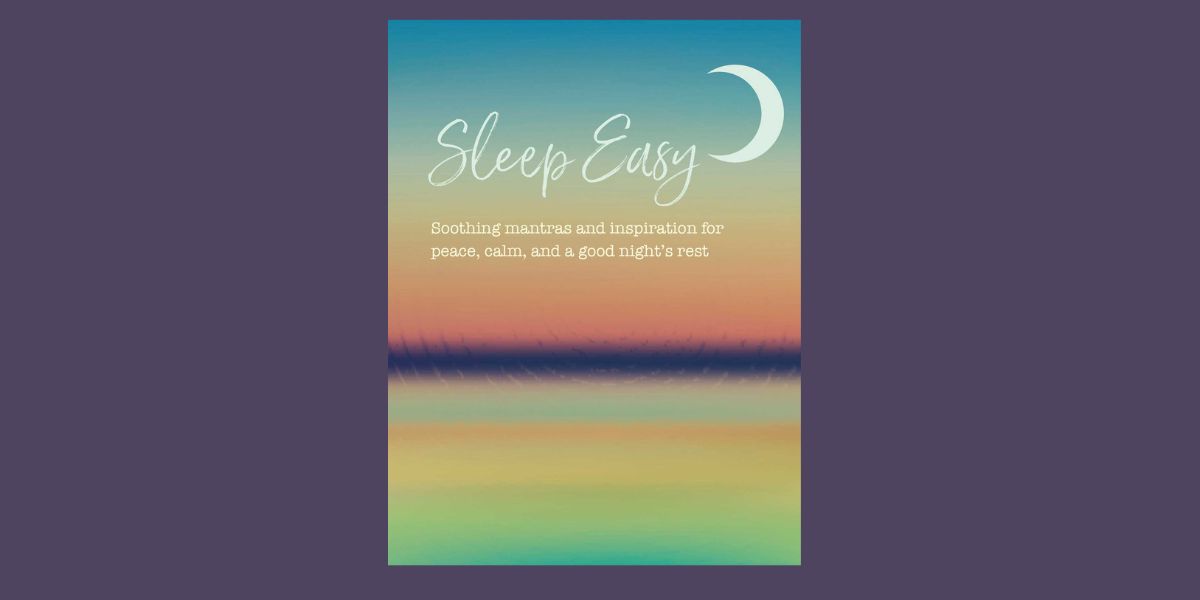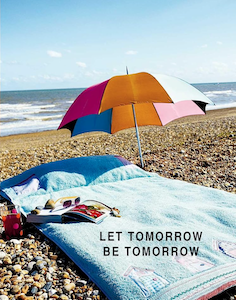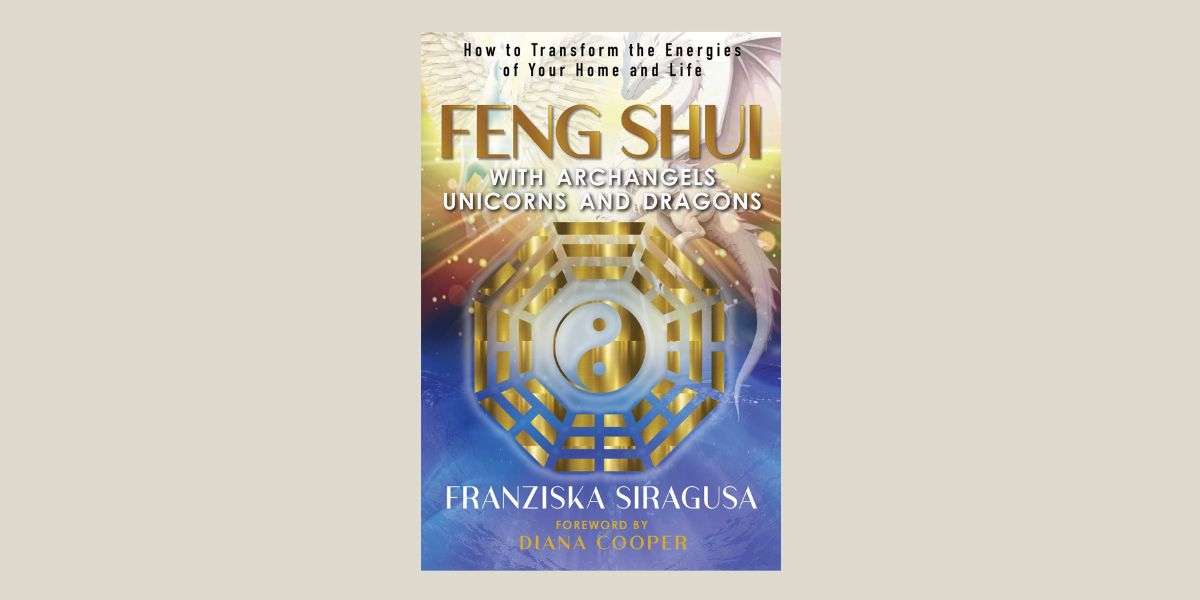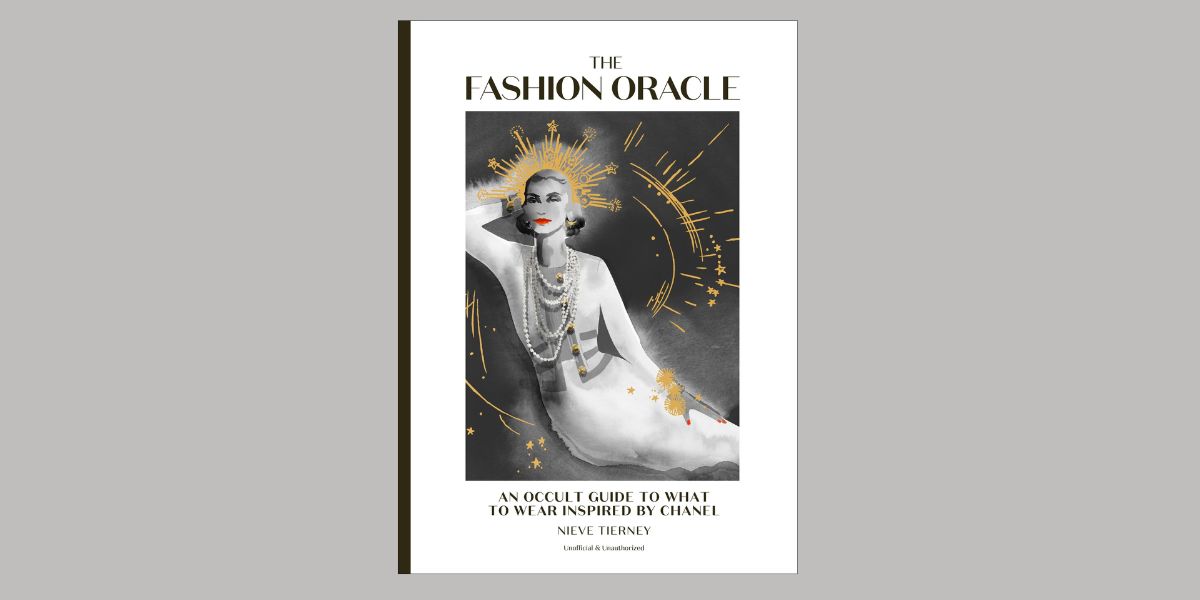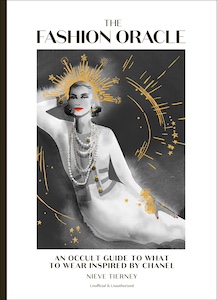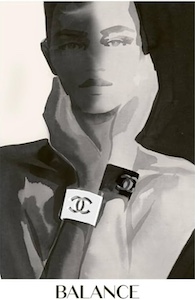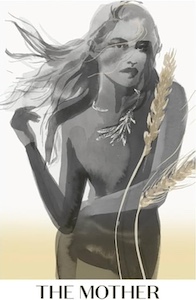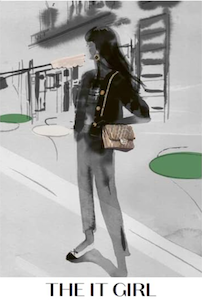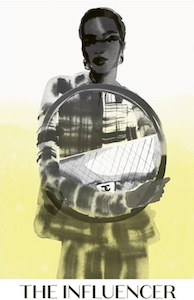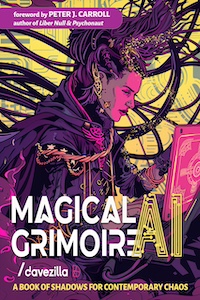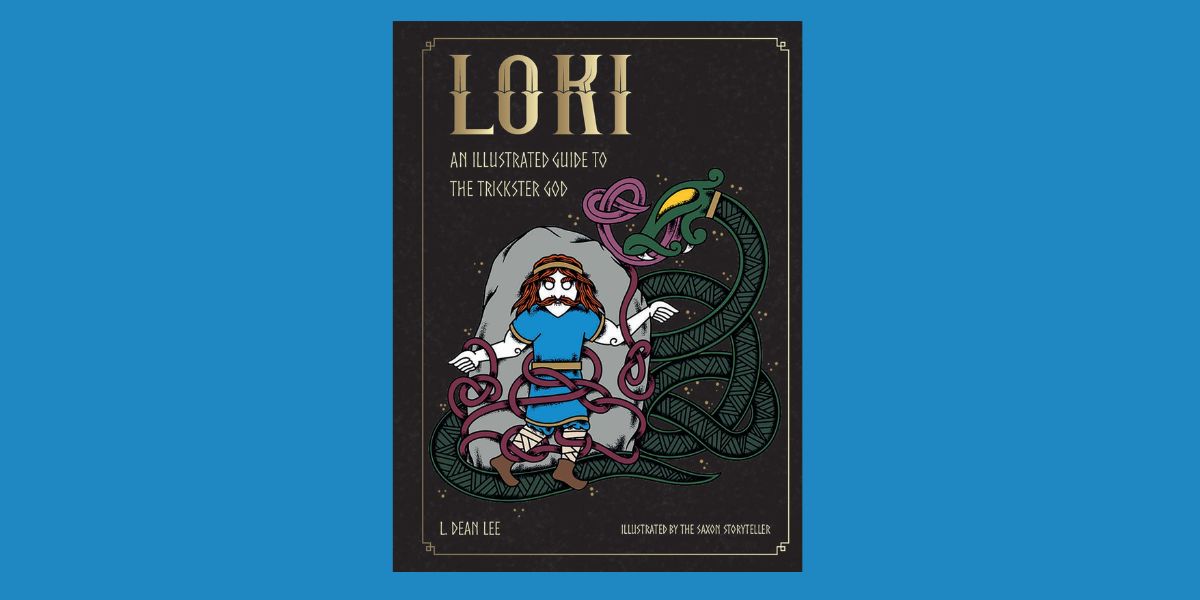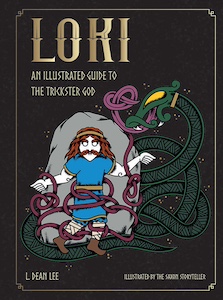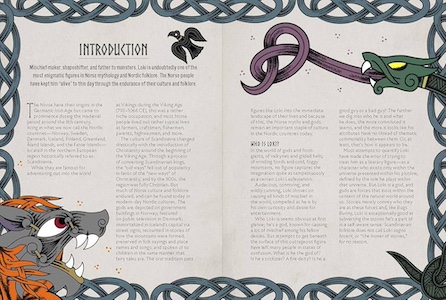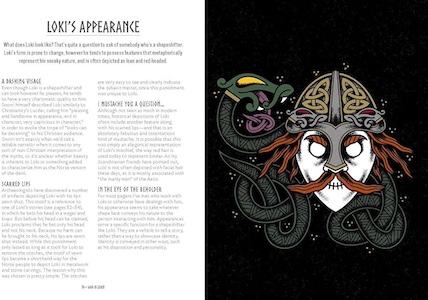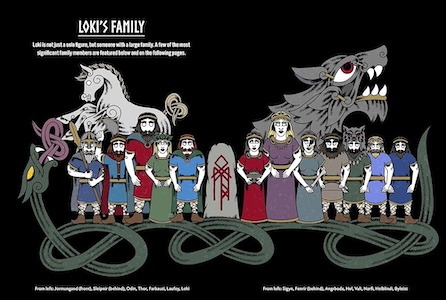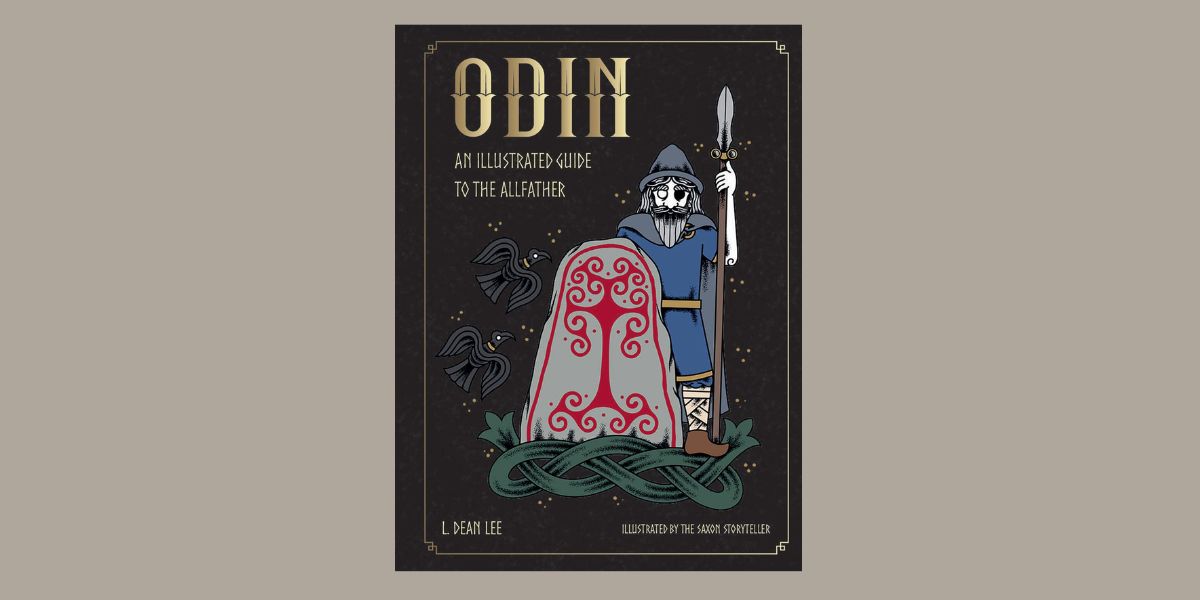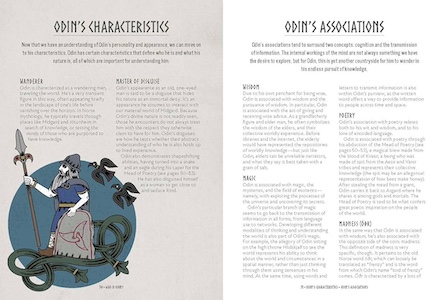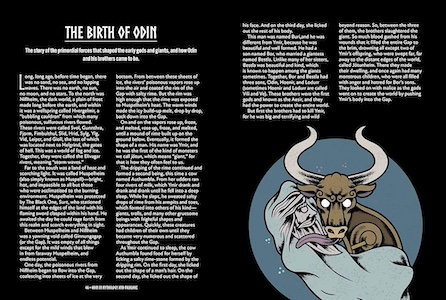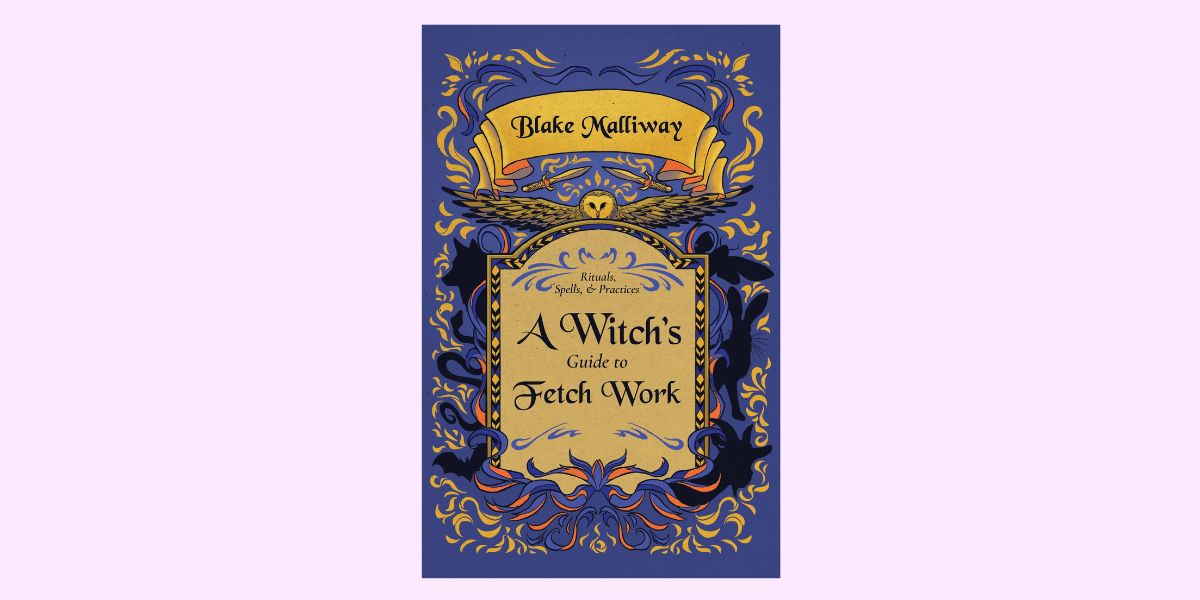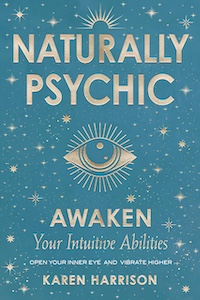
Naturally Psychic: Awaken Your Intuitive Abilities, by Karen Harrison
Weiser Books, 978-1578638796, 240 pages, April 2025
“Why did you instinctively pause at the green light, even though your eyes did not at first detect the car hurtling around the corner to run the red light? Because you sensed a quickly shifting energy patter and were fast enough to react to it at an unconscious (psychic) level. Your eyes could not detect the accelerating car because it was out of your line of sight around the corner, but your psychic senses were on alert and aware on our behalf, transmitting the unconscious information to your brain that you should not move forward.”1
Naturally Psychic: Awaken Your Intuitive Abilities by Karen Harrison takes the reader on a journey of opening to the instinctual nature within each of us, which when allowed to develop and flow in an organic way can be used as a tool of connection to our intuitive self. Using exercises, personal stories, and practical theory, Harrison cuts through the glamour and often elitist attitude towards psychism allowing for confidence building and trusting your abilities.
This book is organized into ten chapters. The title concludes with pages of Suggested Reading and Resources, offering of endorsement for Charles Cox, an ordained Spiritualist Minister who works in communication with the dead. His website is referenced as a source of gaining more knowledge in this manner of psychic ability. An Index is included making it a user friendly title in returning to key points or subject matter.
Thirty-seven exercises are spread throughout the title, giving readers ample opportunity to practice and relax into the use of different modalities in crafting their own abilities. And, although practice and work is indeed required, all the while readers are given agency to be in control every step of the way.
The first three chapters offer readers a well-planned balance between practice and application that sets the tone for subsequent chapters and the narrowing down of what works and what doesn’t. Chapters 4 through 9 guide the reader into the many ways that psychic abilities may be used, offering plenty of exercises and discussion of the pros and cons of each scenario for use.
I especially enjoyed “Chapter 2: Clairvoyance and Other Techniques to Access Your Psychic Senses”. For those newer to the varied ways that psychic work is processed, the familiarity of starting from a commonly known point of clairvoyance in relation to psychism is perfect.
“The term clairvoyance means “clear seeing” (clair meaning “clear” and voyance meaning “sight”). This technique is often used to read auras, or to interact with spirit guides to interpret the subtle energy patterns within, surrounding, and acting upon an individual.”2
Discussion of brain wave states and what the aura is follow and once these have been established, the other “clairs” are taken in turn: clairaudience (clear hearing), clairsentience (clear feeling), and claircognizance (clear knowing). Each is presented both theoretically and with tips from Harrison about how she employs them. This chapter concludes with information about the colors often visualized in a state of clairvoyance; their meaning and import in application of interpretation and understanding.
Another very interesting section was “Chapter 5: Psychic Dreaming”.
“Dream interpretation is the process of assigning meaning to the events, symbols, images, feelings, and people that we experience in our dream states. In many ancient societies, dreaming was considered a supernatural communication or a means of divine intervention-an important message from the Gods or from spirits that needed to be seriously listened to.”3
This chapter explores the psychological underpinnings of dream work, the “sleep temples” of ancient Egypt and Greece and the function of the subconscious in allowing to arise within the dream state what we already intuitively perceive. The precognitive dream state is also discussed and its function and validity for receiving and sharing information of future happenings. The exercises of this chapter cover all of the necessary practices to be developed in retrieving, deciphering, communicating and making use of what is garnered in a dream state.
The final “Chapter 10: Psychic Etiquette, Hygiene and Troubleshooting Tips” offers a reminder that all of the preceding work is of no use if you do not do what is necessary to care for and renew yourself. Harrison reminds readers to utilize the basic grounding and centering exercises offered in “Chapter 1: Sensing, Understanding, and Using the Flow off Energy in Psychic Work”, taking the reader back to the beginning and exemplifying the cyclical nature of psychic work.
“So before you begin any psychic work, always use the grounding and centering meditation techniques as outlined in Chapter 1. And as you ground and center yourself, extend that energy into the space where you will be working to clear and neutralize it as well.”4
Would I Recommend?
Naturally Psychic: Awaken Your Intuitive Abilities is a readily accessible book on a subject that often is overdone. This title provides clear and simple, yet potent, information and an approach that is less daunting and more organic than other books on the subject. The title choice of “Naturally Psychic” is not a statement of enticement to readers; rather, it is the approach Harrison has taken throughout her book. The fact that we all are naturally inherently gifted with psychic abilities, the degree to which we are able to cultivate, recognize, and make usable of them is the only variable in what is often presented as a “special” or “elitist” ability.
Because I am, as are many others, a highly visual learner, kudos to the publishers for printing a beautiful book. The font is in a lovely blue shade that graces the cover with gold enhancements and appropriately placed geometric and graphic design elements are spread throughout. The book has a very luxurious feel; I believe the paper stock is slightly heavier, giving the reader a feeling of holding something very precious in their hands. This is an excellent book for the beginner as well as a continuing practice for the more experienced.
About the Author: Karen Harrison
“Karen Charboneau-Harrison has been involved with magick, the psychic arts and occultism since early childhood. Brought up in a household where these philosophies and endeavors were encouraged, she has been using herbal blends medicinally and magickally for decades. Karen obtained her Master of Herbology in 1980 from the Emerson College of Herbology, Montreal.
The proprietress of Moon Magick Alchemical Apothecary since 1978, her blends are used across the nation. She and her husband also own Isis Books, Gifts and Healing Oasis in Denver, Colorado.”5

Robin Fennelly is an Elder within the Assembly of the Sacred Wheel Tradition [www.sacredwheel.org]. She is a dancer, teacher, astrologer, author, ritualist and seeker of all things of a spiritual nature. Her writings and classes incorporate a deep understanding of Eastern practice and Western Hermetics and bring a unique perspective towards integration and synthesis of the Divine and Mundane natures of our being. She is a mother of five and lives in Eastern PA with her husband of 45+ years.
